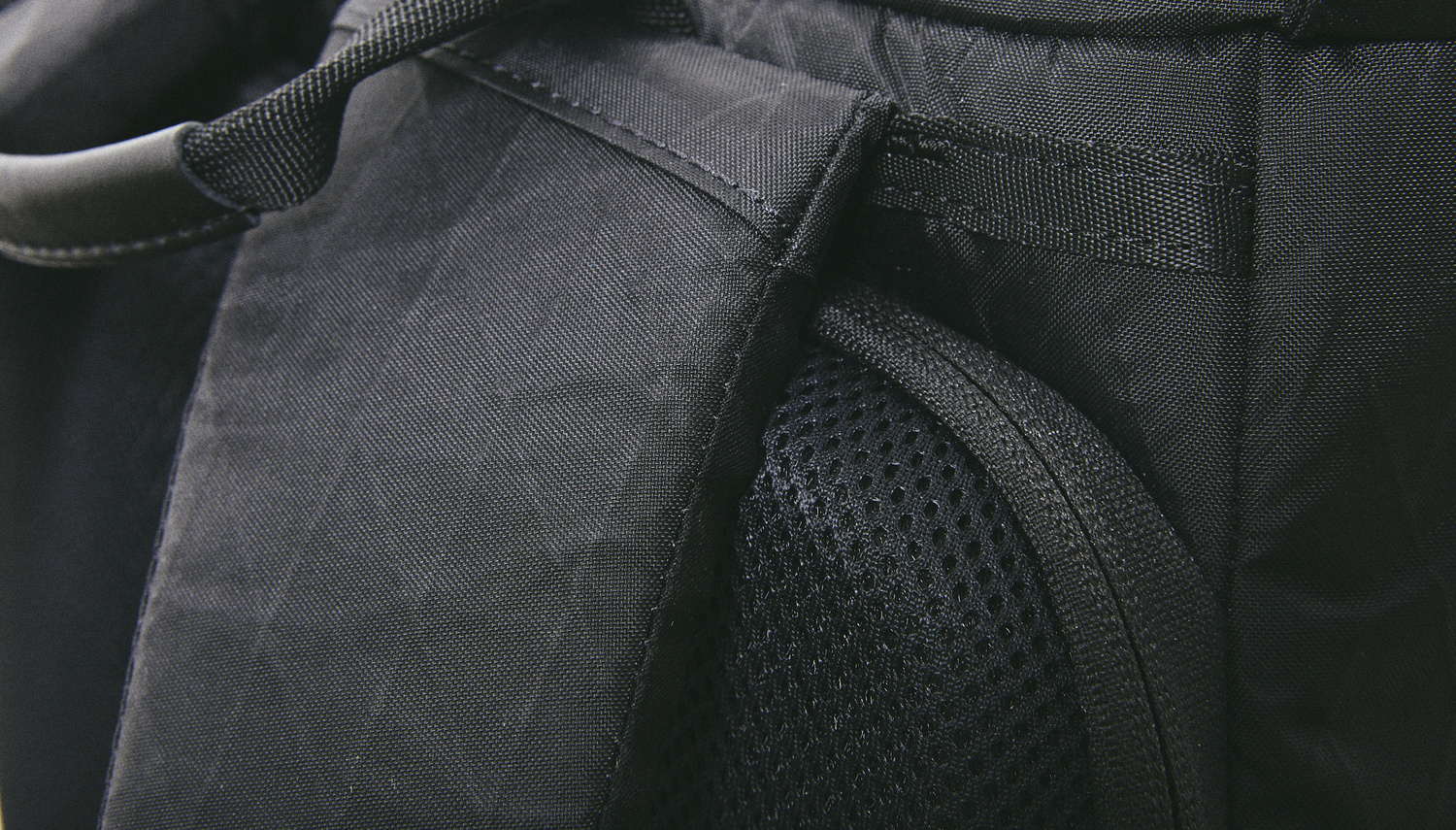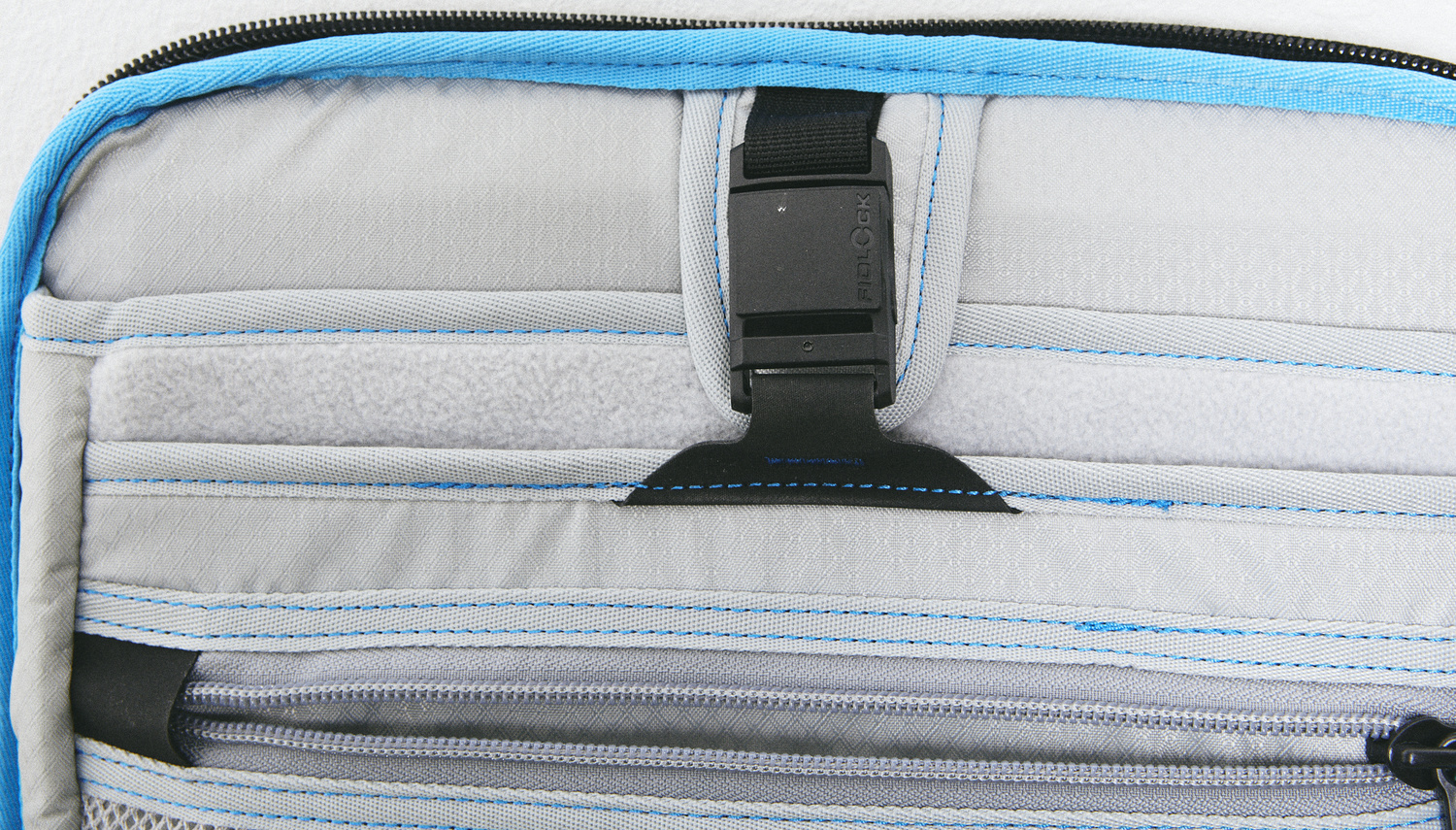GuraGear has been making headlines with its new Kiboko City Commuter. The bag promises to be the perfect match between capacity, durability, and weight. Made not only for photographers, but content creators in general, the bag has a lot to live up to. Let’s see how it performs in the real world.
Introduction
Let me start with a little background. As a photographer, I buy something and use it to death. That is why I have only a few camera bags, and one favorite of them all comes with me on trips, even when the camera doesn’t (it fits as a carry-on on low-cost flights). My so-called everyday bag is not made for carrying a camera, it's made to carry a laptop and a few notepads. So, to have something that is a mix of a camera and an everyday bag is a relief.
My first impressions of the Kiboko City Commuter were largely positive. Made for the urban-centric environment, this bag looks like any other backpack. This is a big positive security-wise, as going around with an “I’m carrying expensive cameras” sign on one’s back is hardly a good thing. There are accessories such as waist straps, rain covers, and tripod holders which you can purchase separately. Those will make the bag more suited for longer trips. However, as it is, the bag ships without them for good reason: only a few people will need those for everyday carry in the city.
Exterior
The exterior is made from very high-quality material, which comes across in how the bag feels. For example, the nylon on the outside is tear-proof and inspired by sailcloth. I was very pleased with the abrasion, tear, and water-resistant X-PAC material used for the bag. There is an option to buy the rain cloth should the water-resistant X-Pac not be enough. However, getting caught in the rain would not be a problem with this bag, as the nylon is adequately water resistant.

The straps on the exterior can be adjusted, and are fairly standard except for one thing: the seam. A common problem with shoulder straps is that the padding is not adequate and the seams on both sides start biting your skin. The City Commuter uses a different way of stitching the shoulder strap together, which eliminates that problem.
Both the straps as well as the back are well padded. Carrying two camera bodies, lenses, and a myriad of other stuff would not be a problem. For those who sweat a lot, the back panel is well-aerated.
The zippers on the bag have one massive disadvantage: while the back panel zippers can be locked with a TSA lock, the side access cant be, nor can the back pockets. If I’m putting my precious Ukrainian passport, keys, money, and so on in the back pocket, I don’t want to have it stolen because of poor protection. The same applies to the side access pocket. It would be great to see a solution to locking the side access pocket, as well as the back pockets.
Magnets, Magnets, and Magnets again
The buckles are made by Fidlock and are a pleasure to use once you get to know them. They may not be as strong as a traditional buckle, but they sure are fancier and after all: magnetic (if magnets are your thing). The good people over at GuraGear definitely have a thing for magnets. Since they put them wherever possible. The cleverest water bottle holder design is…magnetic. The roll top, which adds an extra few liters to the bag closes using magnets, and so do the straps which hold it in place. So do the excess straps: another use of magnets. Overall, if you see small metal objects randomly flying toward your bag, don’t worry: it’s the magnets. Jokes aside, magnets are a very clever way to use on bags, however, they do tend to wear out over time depending on what metal is used.


Is It Fashionable?
The classic black design of the bag may look dull to some people, while others will appreciate the simplicity and no-brainer color choice. Without a doubt, the design is more masculine than feminine, but it would be wrong to say it is made for men. Without the bulky waist straps, this bag fits a light denim suit, long trench coat, or even classic jeans and tee combo. If you’re so inclined, wear it with a blazer and feel right in place. The only distraction would be the zippers, which are made with comfort rather than fashion in mind. Add the waist straps back, and put the rain cover on, and the bag goes well with a hiking outfit. Overall, I am happy with the styling of the bag.
Interior
There is a lot to unpack (pardon the pun). The GuraGear butterfly design made it onto this bag, and the two external pockets use it. There are four pockets to organize small things such as cables memory cards and so on – two on each flap. The left flap is a good place to put chargers, power banks, and other slightly bulkier things, while the right flap is made for thinner stuff. There is a special RFID-protected pocket for your passport, pen holder, and other small pockets. A good feature that I liked was the two carabiners: one for the keys, and the other for the memory card pouch. That they are of different lengths makes life a lot easier when I have to find my keys or memory card pouch. One feature that is intentionally hard to notice is the air tag pocket, which helps you track the location of the bag. 

The roll-top compartment fits a Canon EF 70-200 lens, and a hoodie or quite a lot of t-shirts. The bulkiest of your items should go in the top compartment. There are extra mesh pockets inside, which will house even more small items that would otherwise be pushed into cracks between the compartments or thrown into random places. The amount of small pockets is a very thoughtful design feature on the company’s part, as there are a lot of small bits and bobs that photographers need to organize.

There is a way to expand the main compartment by flipping the roll-top inside out, but that is probably a bug, not a feature.

Finally, going to the main compartment, it is an ordinary camera bag design: Velcro dividers which you can arrange as desired. The depth of the main compartment is made specifically for mirrorless cameras without grips, which is a drawback for me: as a DSLR user. You will also have a hard time putting a large camera such as the A1, or a Z9 into this bag. It does fit an R5, though, and yes I did manage to shove two 5D bodies in the bag, with a laptop in the back panel.
Finally, the back panel fits a 16” MacBook, 12.9” iPad Pro, and two extra mesh pockets. If you intend to put two devices and then use the pockets as filter holders, think twice. It would not be a surprise if the filters break because it does get pretty cramped even with a single 15” MacBook and a camera (albeit DSLR) on the other side.
What I Liked
- Durability
- Clever and practical design
- Styling choices
What Could Be Improved
- Does not fit DSLRs or gripped bodies
- Magnets may wear out slightly
- Security on the zippers
Closing Thoughts
Overall, the GuraGear Kiboko City Commuter is a good choice for someone who uses mirrorless cameras and needs a fashionable everyday carry bag, that can also be transformed into an outdoor bag. While the price bites a little, you do get a lot in return. It is well-made, as well as cleverly designed. The pros outweigh the cons by a massive margin. If you ask me, I’d recommend getting this bag if you’re in the market for one.
What do you think about the GuraGear Kikoko City Commuter? What things would you like to see in a perfect EDC camera bag? Let us know in the comments!







How do you feel about this versus the Wandrd Prvke?
Haven't tested that bag yet, would be interesting to compare the two.